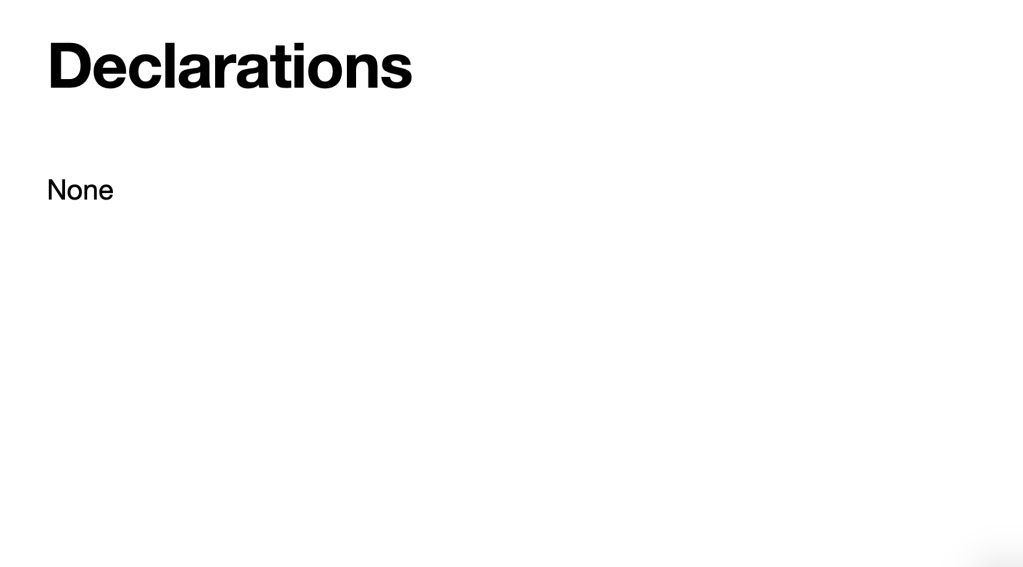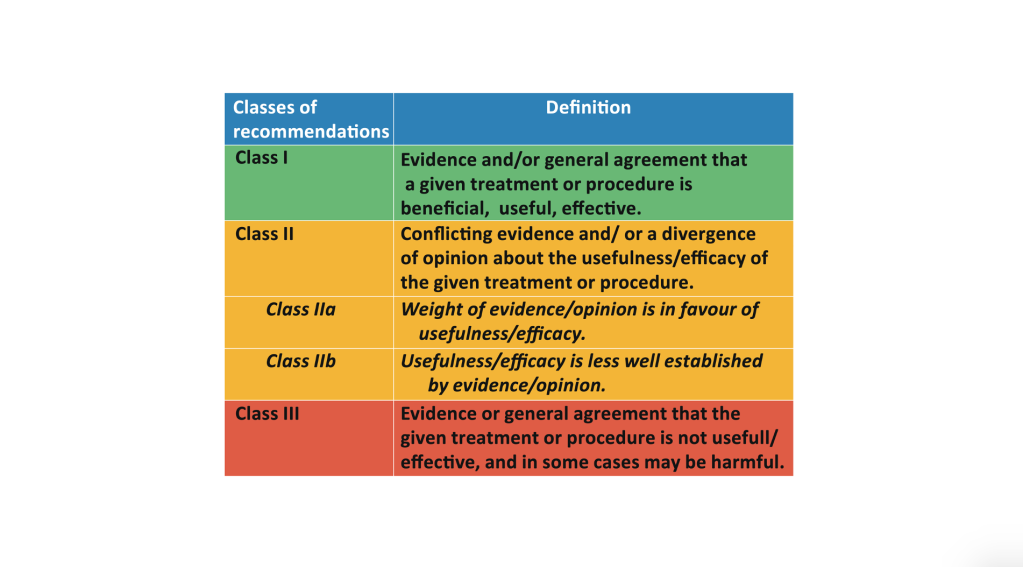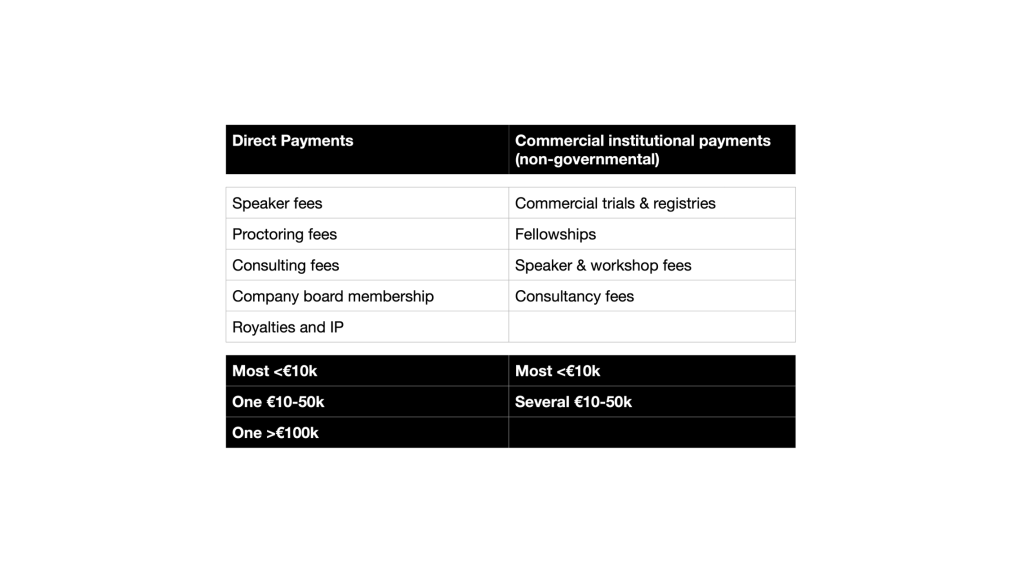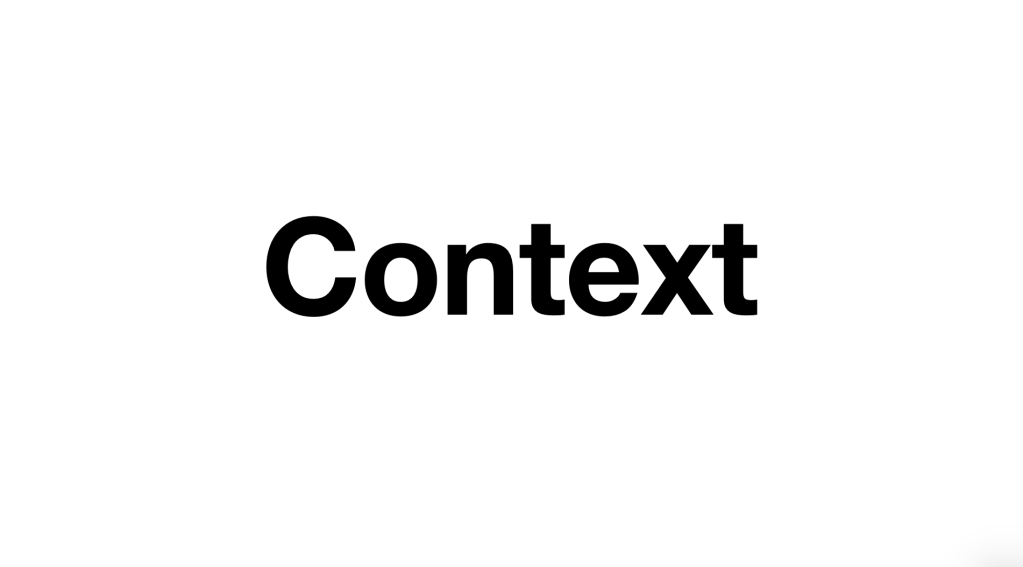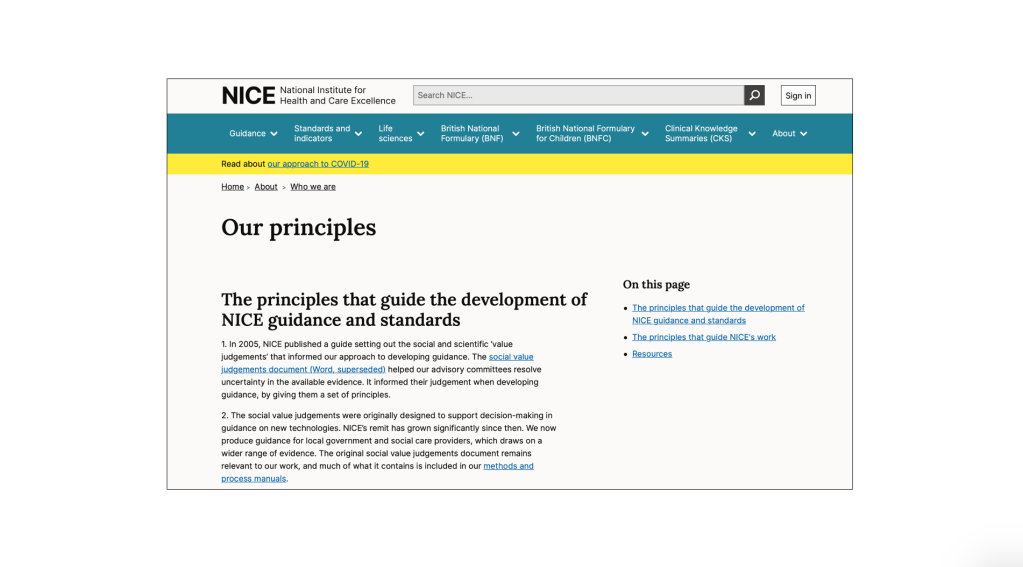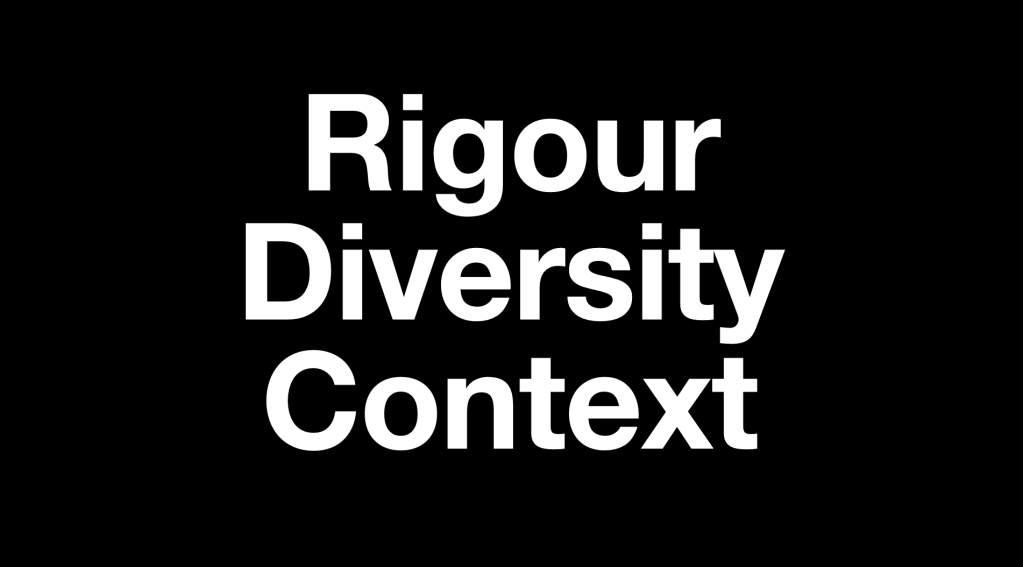The weary joke about sub-specialisation in medicine goes that a team providing cutting edge care for big toe pathology fears obsolescence in the face of increasing big toe technical and academic advancement and eventually splits. Team hallux sinister and team hallux dexter are born.
Like all worn-out jokes, there is an underlying kernel of truth. Healthcare has become more complex. Diagnostic and management pathways have become intricate with multiple decision nodes sometimes requiring high stakes choices at pace. All this requires staff intimately conversant with the details of the pathways they provide and able to triage to other teams when they recognise a patient falling out of their expertise area: it requires sub-specialisation. Sub-specialisation has undoubtedly resulted in improvements in the care of patients in much of medicine. If you had an MI in the 1960’s you’d be put on a ward to see if you got better and maybe prescribed some calisthenics if you did. You were lucky if you got aspirin. Now with sub-specialty teams providing 24/7 percutaneous coronary intervention, secondary prevention, risk stratification, cardiac rehabilitation, delayed elective revascularization and so on, survival and morbidity following an MI are unrecognisable from the 60’s and continue to improve further.
The joke though is that the endpoint of sub-specialisation is absurdity, that there is a risk of disappearing down a technical and professional rabbit hole so deep and long that you, or your team, like teams hallux sinister and dexter become an irrelevance. But it’s not necessary to reduce to the absurd to highlight a number of risks with sub-specialisation that temper its undoubted benefits.
The first risk, and the most obvious, is that patients don’t come readily parcelled in handy chunks of pathology that fit neatly into clinical pathways. They are complicated. The 80 year old with a 6.3cm AAA may also have prostate cancer, COPD, a wife with early dementia and family that, while caring and concerned, live too far away to offer any robust practical support. We can all recall patients whose lives become dominated by increasingly frequent visits to hospital, meeting fractured and disparate healthcare teams. How do we prevent their experience of care becoming confusing and burdensome? Who is going to help them make a holistic decision about what their therapeutic priorities are when each sub-specialty team is only familiar with a little bit of their lived experience? As the population ages, complex multi-morbidity is commonplace and patient-centred practice becomes increasingly important. This requires generalists, or the active maintenance of a generalist overview. Or perhaps paradoxically, specialist generalists like POPS teams.
A second risk is that it can lead to over treatment. In the context of the joke, the teams hallux justify their setup and ongoing existence by the need to undertake increasingly complicated interventions on big toes. Need is a slippery word here (see ‘What do we mean by need?’). Is the need driven by a population health deficit which can be cost-effectively corrected, or by a professional interest in a particular niche pathology? Economists call this supplier induced demand. In layman’s terms, if you are a carpenter with a hammer, everything looks like a nail.
Finally, increasing sub-specialisation can lead to loss of workforce cohesion and siloed – rather than systems – thinking. When colleagues have little in common, they communicate and collaborate less and can even start to perceive each other as threats. Opportunities for informal interactions are lost, relationships deteriorate and solidarity withers. This can be exacerbated by specialty teams working in geographically isolated locations. But there remain many shared challenges in the provision of healthcare that are common whatever the sub-specialist interest and which require team-working and cooperation to solve. These challenges vary in scope and complexity from the contribution by sub-specialty teams to out-of-hours or emergency general services to much wider policy or philosophical problems such as population level health interventions, social justice in health, inclusion and equity in healthcare provision or the sustainability and environmental impact of services. In my own sub-specialty of interventional radiology, conversations about these wider aspects of what we do are very much in their infancy.
In radiology, sub-specialisation is inevitable and necessary. I can perform a TACE but I’m not very good at reporting the liver MRI on which the liver lesion was diagnosed. I think the converse applies. Modern imaging is so complex, so rapidly evolving and so central to modern healthcare that sub-specialisation within radiology is a representative microcosm of specialisation within medicine in general.
But as in medicine in general, sub-specialisation in radiology creates difficulties. Even in a large department, comprehensive cover for acute radiology, especially out-of-hours, can be complex to organise if colleagues no longer feel competent to report imaging outside their immediate area of expertise. Cover becomes a complex tessellation of overlapping subspecialty skills, supported by byzantine risk-assessed protocols for who reports what and when, creating confusion for referring clinicians and trainees alike. Or it is outsourced to an external provider willing to provide non-specialist radiology for a fee.
Sub-specialisation can also mean that some services, modalities or examinations get left behind, lost in the gaps between multiple areas of individual expertise. Plain film radiology and general ultrasound spring to mind. Finally operational pressure in one sub-specialist area (for example a particularly large backlog due to planned or unplanned leave or a scanning initiative) is difficult to mitigate if the excess workload cannot be shared more widely.
One of the roles of radiology leadership is to manage these challenges, to steer a department between the competing risks and benefits of sub-specialism vs generalism and of individual aspiration vs operational necessity. The key to this is the nurturing of teamwork and communication. Sub-specialisation within teams is something we are familiar with in all aspects of life: in sport think of the seamless drafting of a cycle team or the elegance and grace of a football team at the top of their game; in commerce think of the thousands of people with different skillsets it took to design, produce, deliver and maintain the device you are reading this on; in family think of your role: parent, lover, cook, taxi driver, breadwinner, emotional anchor, comedian or straight man? Sub-specialist cooperation is ubiquitous.
Part of the key to a successful radiology team (any team) is not that everyone does the same thing or is treated the same way. It’s the creation of a culture of professional respect, equity and understanding within which individuals or groups can enjoy and deliver their sub-specialty interests (with all the clinical and operational benefit this brings) without risking the downsides of this specialisation. A radiology team with a strong sense of overarching collaborative endeavour and collective ownership will automatically mitigate the risks of sub-specialisation, of siloed thinking, of isolationism or protectionism. It will identify the gaps and manage them.
But a strong team culture is not only built or modelled by its leadership. The members of the team also need to be willing to be players for it, to sacrifice some (not all) of their personal desire for the sake of the collective. So it’s OK to have you aspirations in the clouds, to be an expert left-big-toe radiologist, to have an inch-wide mile-deep practice some of the time. But you also need to keep yourself grounded in the general, in the shared. You may find that this can be just as fascinating, just as fulfilling. The broadening of perspective it affords as you leave your rabbit hole, see the sky and breathe the fresh air of new opportunity can be invigorating! I know: I’ve done it.
So be partially pluripotent. Don’t fall into the trap of sub-specialising yourself into irrelevance. Avoid this mainly for your own sake, but also for the benefit of your colleagues, your department and the community it serves and your profession.



